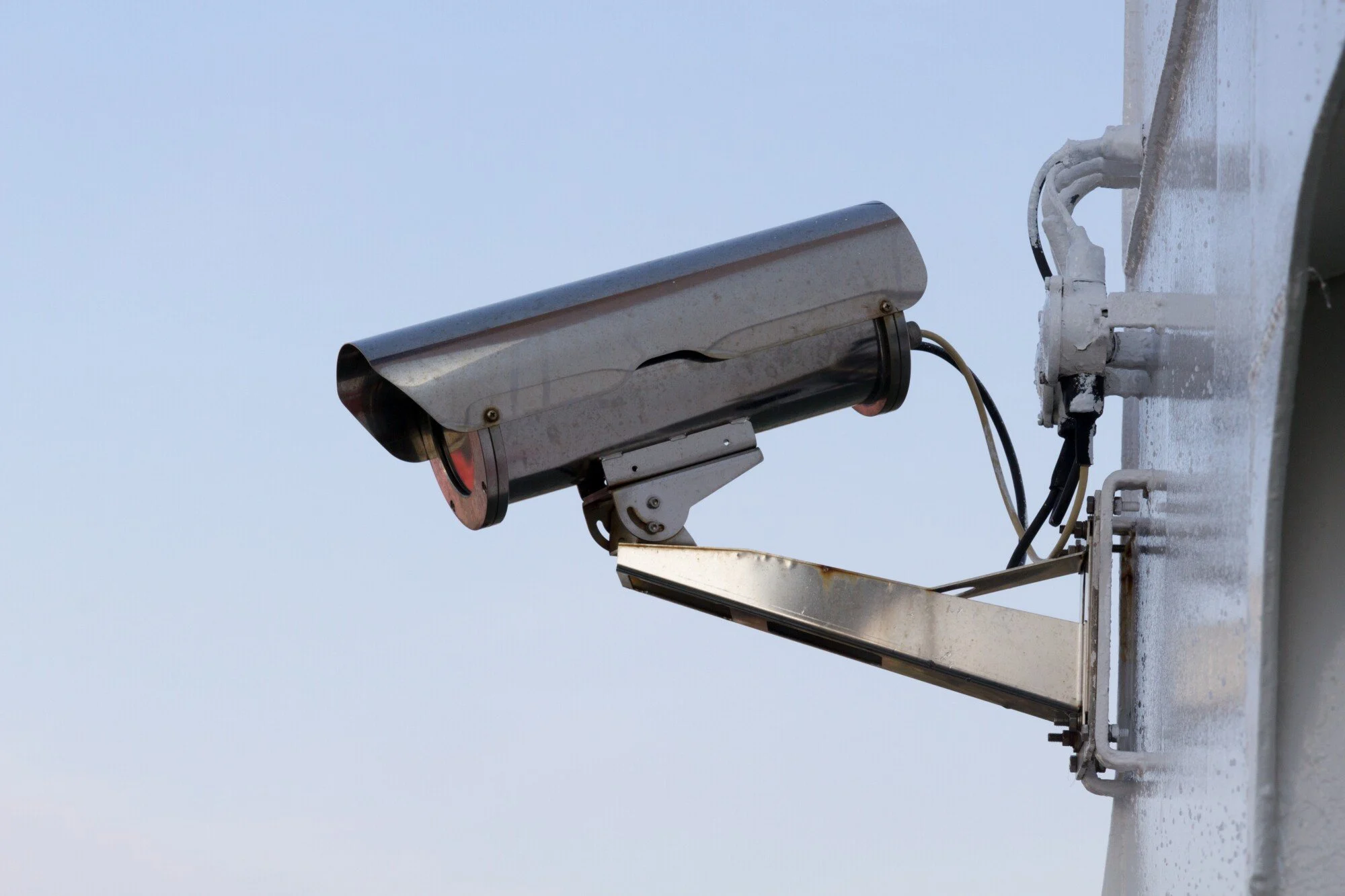Are you concerned about the safety of your home?
Many people are considering installing a live video surveillance system at home for added security. They may be of particular concern in light of increased crime rates worldwide.
A home surveillance system gives you the ability to monitor your home and business remotely at any time. It uses multiple surveillance methods to alert you and let you see what’s going on at your home.
If you’re not sure how to set up a video surveillance system at home, check out our home security guide below.
Check for Spots
Depending on the type of surveillance system, your spot-checking should include both indoor and outdoor areas. Armed with the camera’s field of view list, begin your spot-checking by confirming that each of the camera’s fields of view encompasses the desired areas of focus.
Ensure that the camera is in the right position and secured to resist tampering or theft depending on the camera placement. Spot checking also includes discretion in that you want to avoid having your camera’s view infringe upon neighboring properties or compromising the privacy of those living and working nearby.
Mount Cameras on the Wall
Once the areas of interest have been identified, it is important to determine the type of camera that is best suited for the job (indoor, outdoor, infrared, etc). After that, it is important to pick a location for the cameras where coverage is optimal.
It is important to mount the cameras at a height that is appropriate for the specific camera. It is also important to remember to hide the wires and keep them away from any areas that require frequent maintenance.
Arrange Wires and Cables
Setting up a live video surveillance system at home can be tricky but can be done with some knowledge and patience. To arrange wires and cables, start by deciding what type of router you will use to connect your cameras to the network.
Then, determine the length of cable and amount of wires needed to run to each camera. It is important to remember that Cat5e or higher-speed cables must be used as the camera resolution and speed will be directly affected by the quality of the cable and router used.
Connect Wires and Power On
First, plug power cables into the monitor or television, if applicable. Next, connect power to the surveillance system with either a direct wire or, for a wireless system, plug the power cable into the receiver or router.
Lastly, connect the receiver/router via Ethernet to your modem or access point. Make sure all the power cords are securely connected and plug in the power outlet.
Set Up the Security Camera
It is important to decide what type of camera is needed, whether it be an outdoor or indoor camera with night vision or a camera designed to be inconspicuous. Once the camera is selected, the camera should be mounted securely.
Depending on the type of camera, installation may require running cabling or using wireless technology. Once the camera is mounted, a power source may be needed depending on the type of camera.
Read this article on professional home security to learn more.
Learn How to Set Up Live Video Surveillance
Setting up a live video surveillance system at home can be an easy and cost-effective way to monitor your property. With the right tools, a live video surveillance system can be set up efficiently and securely.
Did you find this article helpful? Check out the rest of our blog for more!





